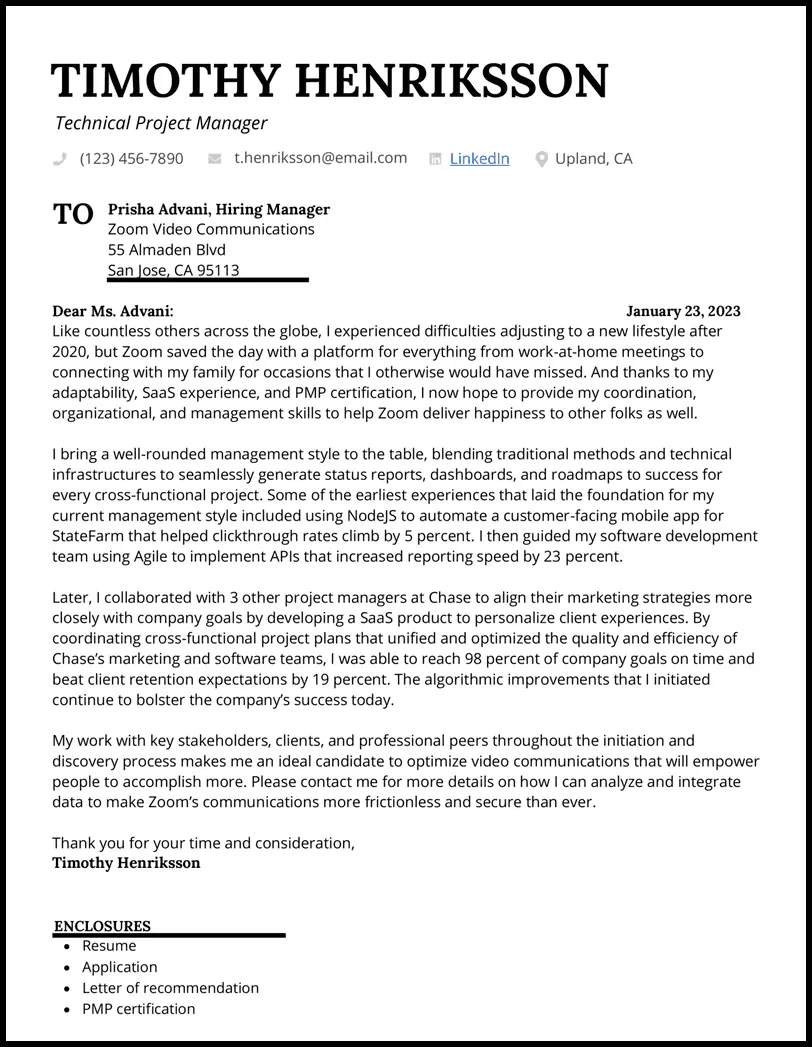A well-crafted cover letter is your first opportunity to make a strong impression on a potential employer, and for a project manager, it’s especially crucial. This document serves as your personal introduction, providing a snapshot of your skills, experience, and enthusiasm for the role. It’s not just a formality; it’s a chance to showcase your ability to communicate effectively, a key skill for any project manager. Your cover letter should complement your resume, offering a more detailed narrative of your accomplishments and aligning them with the specific requirements of the job. This guide will walk you through the essential components of an outstanding cover letter, offering actionable advice to help you stand out in the competitive job market.
Highlighting Your Project Management Skills
Your cover letter should immediately highlight your core project management skills. Focus on the competencies that are most relevant to the job description. Instead of simply listing skills, provide brief examples of how you’ve utilized them successfully. For example, if the job requires strong leadership, mention a specific project where you led a team to overcome challenges and achieve project goals. If communication is critical, provide an example of how you effectively communicated project updates to stakeholders at different levels. This demonstrates not just that you possess the skills, but that you know how to apply them in real-world situations. Remember to tailor this section to match the specific needs and requirements mentioned in the job posting.
Showcasing Your Accomplishments
Employers are not just interested in your job responsibilities; they want to know what you’ve accomplished. Use your cover letter to highlight your achievements and the impact you’ve made in previous roles. This is where you can shine by demonstrating your value as a project manager. Instead of just saying you managed projects, describe the projects you managed and the results you achieved. This could include successfully delivering projects on time and under budget, improving team efficiency, or implementing new processes that streamlined workflows. These details provide tangible evidence of your capabilities and distinguish you from other applicants. Be specific and focus on the positive outcomes that showcase your project management expertise.
Quantifying Your Achievements
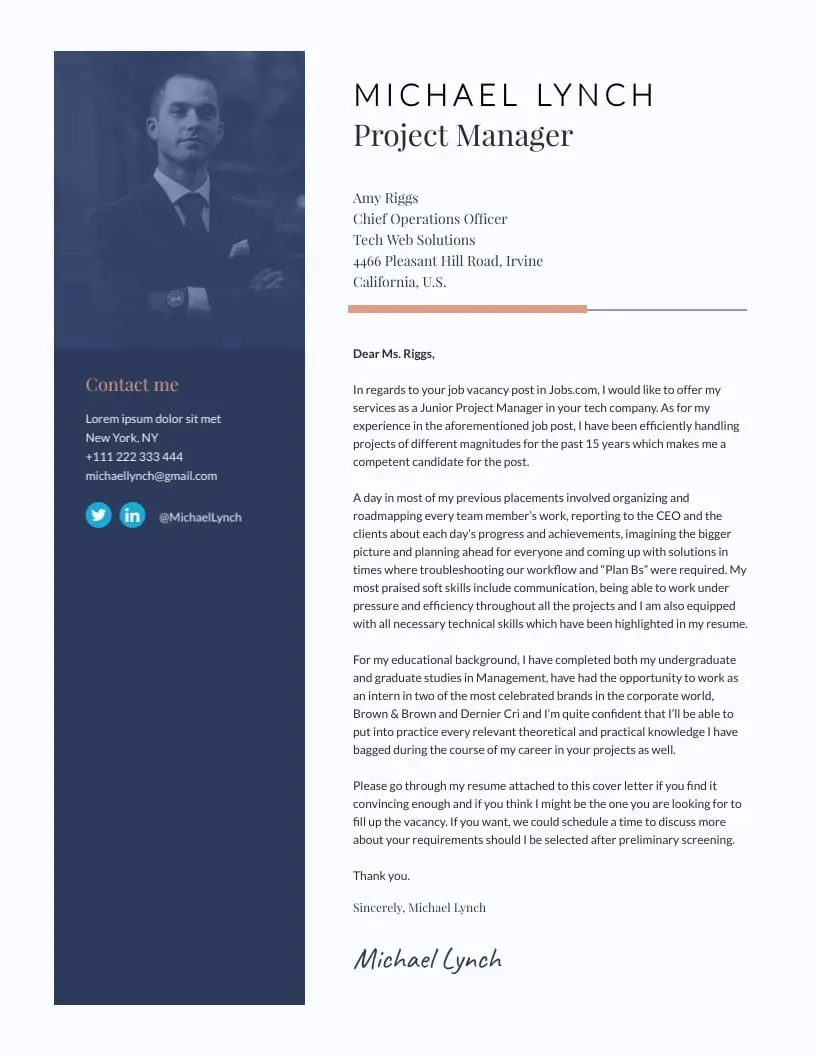
Whenever possible, quantify your achievements to make them more impactful. Numbers add credibility and provide concrete evidence of your success. Instead of saying you ‘improved project efficiency’, state that you ‘improved project efficiency by 15%’. Instead of saying ‘successfully managed multiple projects’, specify ‘successfully managed 10+ projects simultaneously’. Quantifying your achievements helps employers quickly understand the value you brought to previous roles. It allows them to see your contributions in terms of specific, measurable results, making your cover letter more compelling and memorable. Consider using metrics such as cost savings, revenue increases, time reductions, or improved customer satisfaction to quantify your successes.
Providing Specific Examples
Use specific examples to illustrate your skills and accomplishments. Generic statements are easily overlooked. Instead, craft a narrative that brings your experiences to life. Describe a challenging project you managed, the obstacles you faced, and the strategies you employed to overcome them. Detail your approach to risk management, your communication strategies, and the tools and methodologies you used. These examples should be directly relevant to the requirements of the job you’re applying for. The more specific you are, the better the employer will understand your abilities and the value you can bring to their team. It demonstrates your ability to translate skills into tangible results and proves that you have the experience to back up your claims.
Tailoring Your Cover Letter
A generic cover letter will likely end up in the rejection pile. Tailor your cover letter to each job application. This shows that you’ve taken the time to understand the company and the specific requirements of the role. Read the job description carefully and identify the key skills, experiences, and qualifications the employer is seeking. Customize your letter to highlight how your background aligns with these requirements. This involves using the same keywords and phrases as the job description, showcasing how your experience directly addresses the company’s needs. By personalizing your cover letter, you demonstrate genuine interest and increase your chances of getting an interview.
Researching the Company
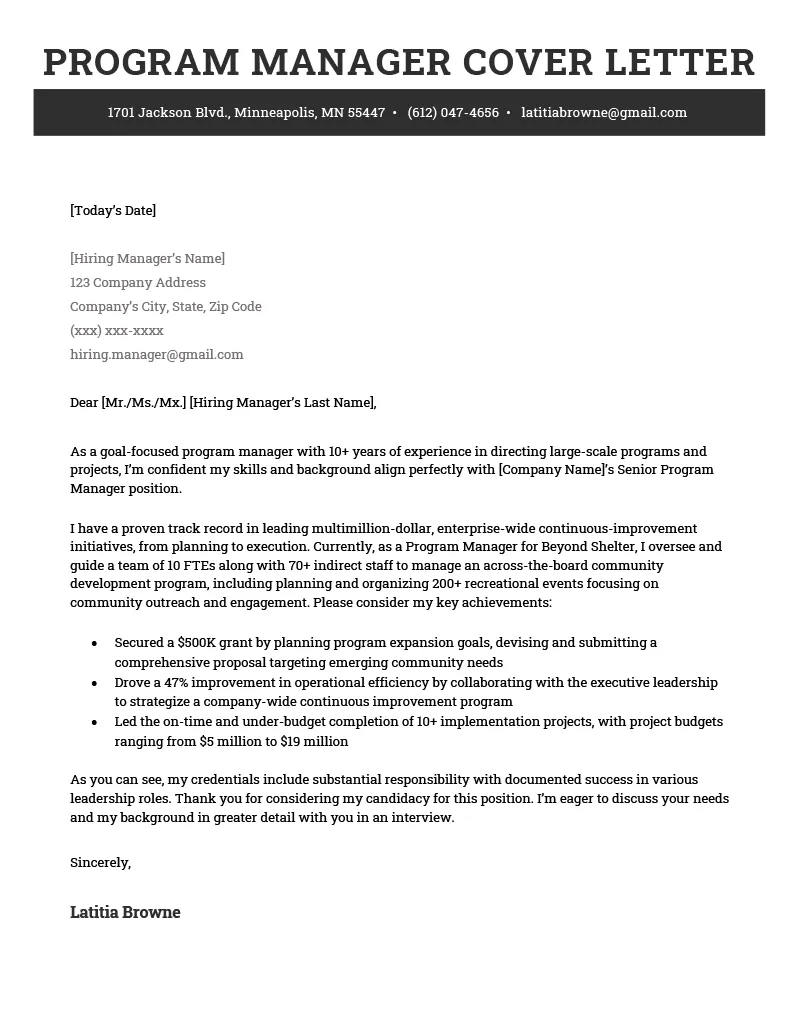
Before you write your cover letter, research the company. Understand their mission, values, and recent projects. This information can help you tailor your letter and show genuine interest. Visit their website, read industry news, and check out their social media profiles. This research will provide you with the context needed to highlight how your skills and experiences align with the company’s specific goals and values. You can mention specific projects the company is working on or highlight how your skills can contribute to their success. This research shows initiative and a proactive approach to the application process, distinguishing you from candidates who submit generic cover letters.
Matching Skills with Job Requirements
Carefully compare your skills and experiences with the job description and identify the key requirements. Use your cover letter to directly address these requirements and explain how your background makes you a strong candidate. Provide examples of how you’ve successfully applied the necessary skills in previous roles. This ensures your cover letter speaks directly to the employer’s needs and expectations. Aligning your skills with the job requirements demonstrates that you understand the role and are prepared to contribute immediately. This targeted approach increases your chances of capturing the employer’s attention and securing an interview.
Formatting Your Cover Letter
The format of your cover letter is just as important as its content. A well-formatted cover letter is easy to read, visually appealing, and professional in appearance. Use a clear and concise layout, appropriate fonts, and plenty of white space. This will make your letter more inviting and accessible. Choose a professional font, such as Arial or Times New Roman, and keep the font size between 10 and 12 points. Use bullet points to highlight key skills and accomplishments. Ensure the layout is consistent throughout the document and that the spacing is appropriate for readability. Avoid long blocks of text and use paragraphs to break up your content.
Choosing the Right Font and Layout
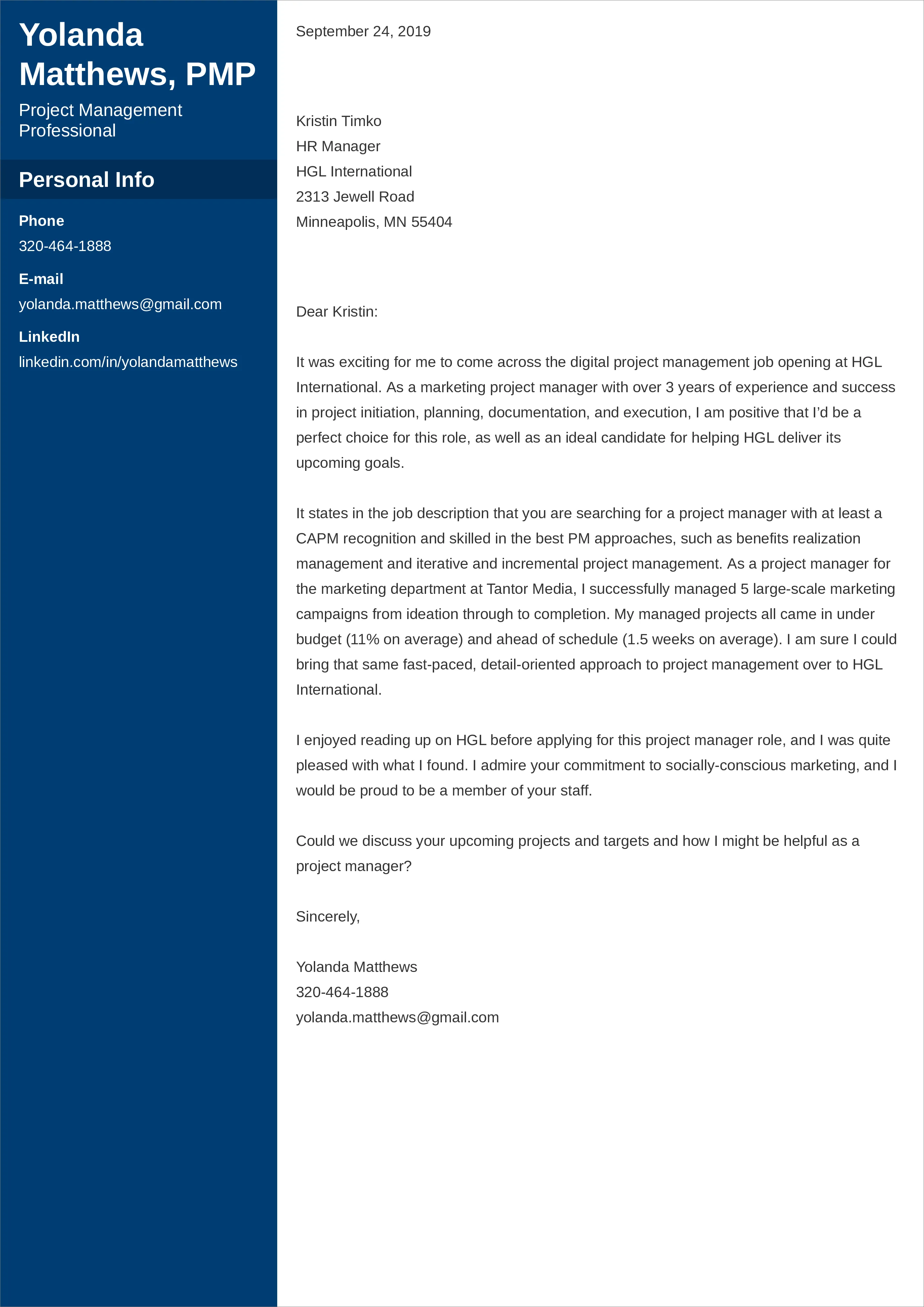
Select a professional font that is easy to read, such as Times New Roman, Arial, or Calibri. Use a font size between 10 and 12 points to ensure readability. Choose a layout that is clean and well-organized, with clear sections and headings. Use white space effectively to avoid a cluttered appearance. A well-designed layout makes it easier for the hiring manager to quickly grasp the most important information in your cover letter. Consider using a template to ensure consistency and a professional appearance. This attention to detail demonstrates that you are organized and value professional presentation.
Proofreading and Editing
Proofread and edit your cover letter meticulously before submitting it. Errors in grammar, spelling, and punctuation can make a negative impression. Always check for typos and grammatical errors. Ask a friend or colleague to review your letter for any mistakes you may have missed. Poorly written cover letters suggest a lack of attention to detail and can undermine your credibility. Pay attention to the flow of your writing and ensure that your ideas are clearly and concisely expressed. Make sure that the tone is appropriate for a professional setting. Proofreading is a crucial step in the application process and should not be overlooked.
Call to Action and Closing
Your closing should include a strong call to action and express your enthusiasm for the opportunity. Summarize your key qualifications and reiterate your interest in the role. Clearly state your availability for an interview and provide your contact information. This gives the hiring manager the next step and makes it easier for them to reach out to you. Thank the reader for their time and consideration. Express your excitement about the possibility of contributing to the company’s success. Your closing should leave a lasting positive impression and reinforce your suitability for the position.
Expressing Enthusiasm
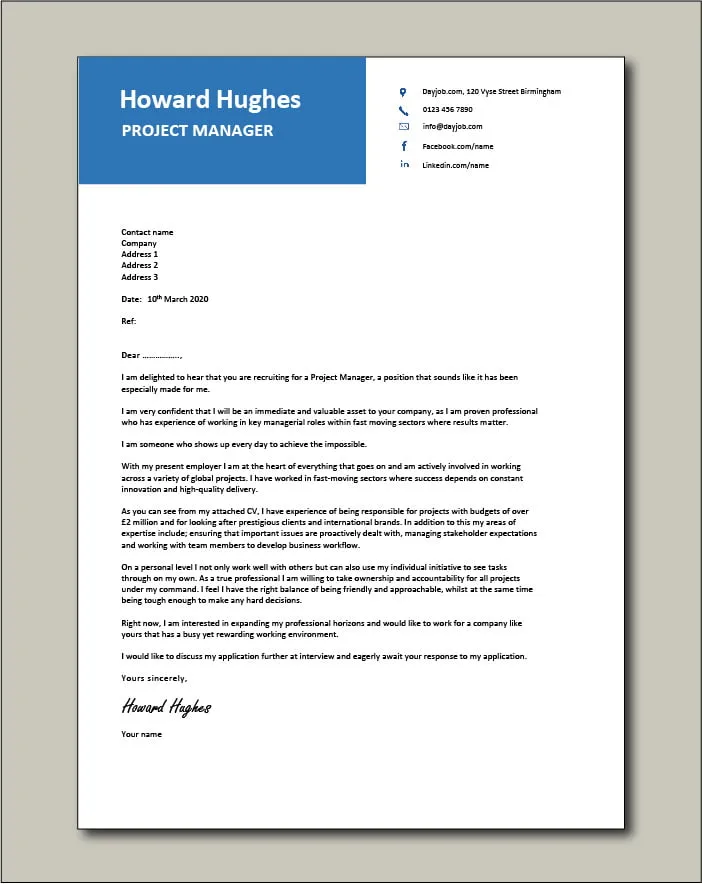
Show genuine enthusiasm for the opportunity. Express your excitement about the role and the company. Mention specific aspects of the job or the company that appeal to you. This demonstrates that you are genuinely interested in the position and not just applying for any job. Highlighting what excites you shows that you have done your research and are genuinely interested in contributing to the company’s goals. Enthusiasm is contagious and can make you more memorable to the hiring manager, helping you stand out from other candidates.
Providing Contact Information
Include your contact information in your cover letter, including your phone number and email address. Make it easy for the employer to contact you. Ensure that your email address is professional. Double-check that your contact information is correct and up-to-date. This is an essential detail, but it’s often overlooked. By making it easy for the employer to contact you, you increase your chances of receiving a call back or an interview invitation. Always make sure that the information is clearly visible and easy to find.
Writing a compelling cover letter for a project manager role is an essential step in your job search. By highlighting your skills, showcasing your accomplishments, quantifying your achievements, and tailoring your letter to each job, you can significantly improve your chances of getting an interview. Remember to research the company, match your skills with the job requirements, format your letter professionally, and proofread carefully. By following these guidelines, you’ll be well on your way to crafting a cover letter that opens doors to exciting career opportunities.
